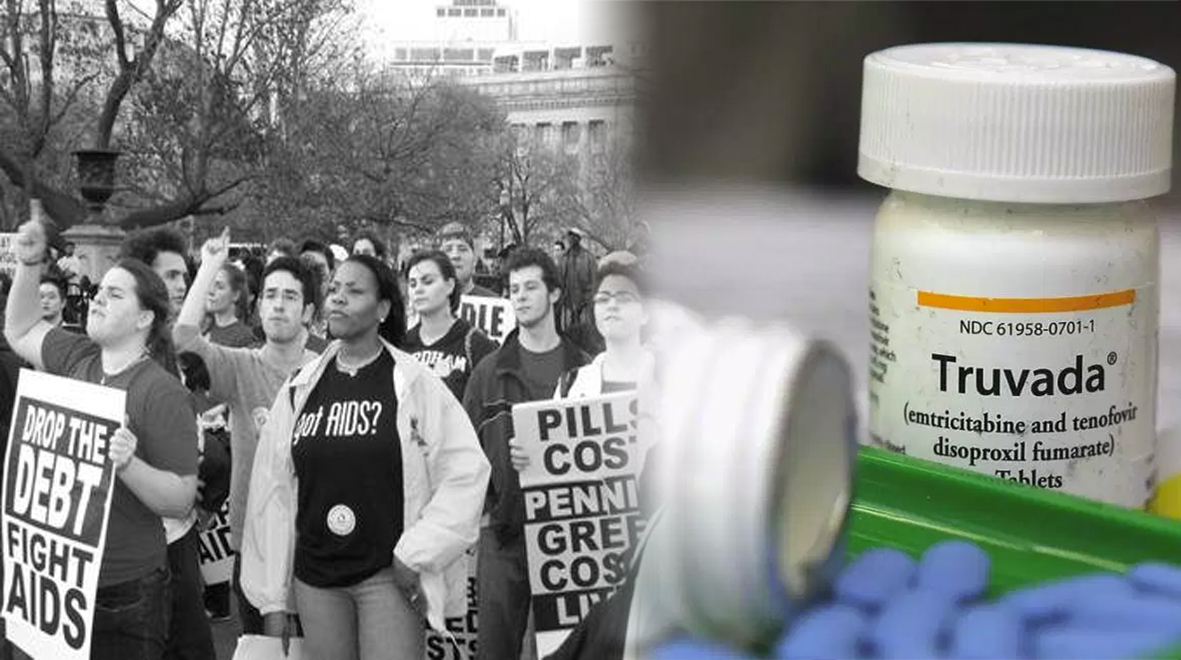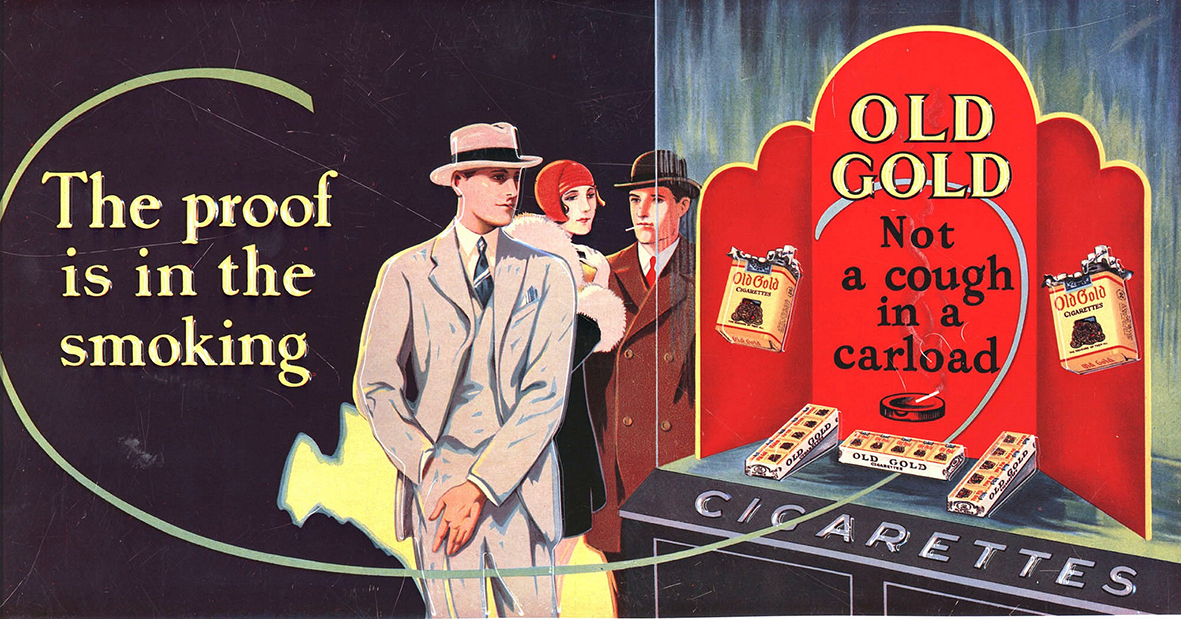
Dr Kirk Taylor looks back at over 30 years of the HIV epidemic, from the advent of preventative therapy to the impact of HIV stigma that continues to plague forgotten populations.
Thirty years on from the first World AIDS Day we have seen enormous global progress towards ending the epidemic. The change that has happened within my lifetime is astonishing; HIV has gone from being a death sentence to a manageable condition with strategies to prevent transmission altogether. This World AIDS Day, I highlight the milestones achieved and where there is still work to do. (more…)








